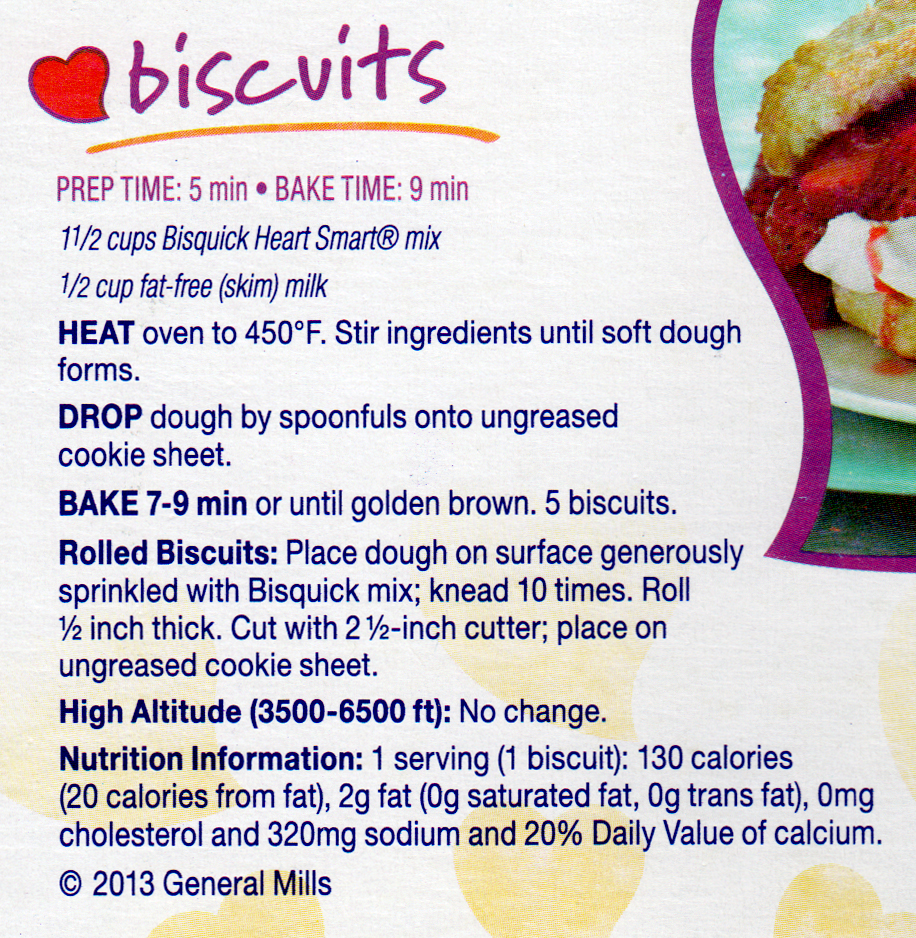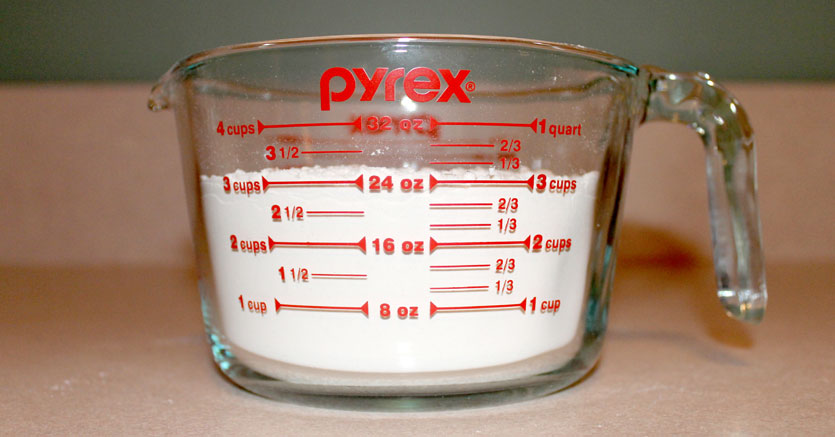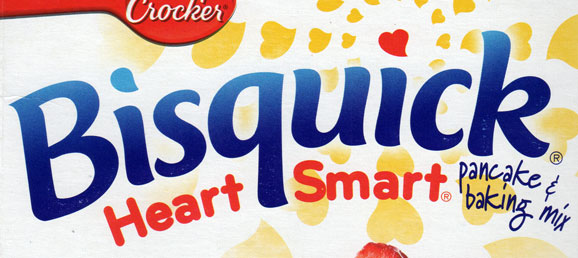- How many biscuits can you make using the available ingredients?
- What ingredients do you need to make biscuits?
- How much of each ingredient do we have?
- How do we determine how much of each ingredient we need?
- How can we use that information to determine how many biscuits we can make?
- How does the number of batches differ from the number of biscuits?
- How many more batches could we make if we had two more cups of milk? Why?
- How many more batches could we make if we had two more cups of Bisquick? Why?
- How much more milk would we need if we wanted to make 4 batches of biscuits? Why?
- How much more Bisquick would we need if we wanted to make 4 batches of biscuits? Why?
- building conceptual understanding of division as repeated subtraction
- making sense about what they are dividing by what and why
- figuring out how to switch units from cups to batches to biscuits
When students use the Problem Solving Framework on this task to help them through the critical thinking process, they can begin by writing down the question and then move towards taking a guess. Initially their guesses will vary widely, but after they have had a chance to think about the problem mathematically, they will see how their guesses become much closer to the actual answer.
Here are some questions they may say when they are asked about what information they need to figure out the answer to the problem:
- What ingredients do we need?
- How much of each ingredient do we have?
- How much of each ingredient do we need?
I really hope students don’t think to ask question #3. I would love to see them try to divide the amount of Bisquick by the amount of milk and use that as the answer. It would be such a great opportunity to have a conversation around whether that process or answer makes sense. Eventually students will need this information and you can show them this photo and video:
This lists the ingredients and quantities needed along with lots of distracting information.

This video and corresponding photos show the amount of each ingredient we have available.


The measurements will be close to 3 1/6 cups of Bisquick and 2 2/3 cups of milk. It would be worthwhile to have a conversation about the consequences of rounding the measurements as well as the reality that virtually every measurement is rounded (age to the nearest year, height to the nearest inch, etc.).
With that information in mind, here are two methods for finding the answer:
- Repeatedly subtract the 1 1/2 cups of Bisquick and 1/2 cup of milk from the amounts of available ingredients until they run out of one of the ingredients.
- Divide each of the amounts of available ingredients by the amount of that ingredient needed for one batch. Then take the smaller of the numbers for each ingredient.
What is noteworthy is that both of methods give you a number which represents the number of batches, not the number of biscuits. You have to then take that number and multiply it by the number of biscuits in a batch. To find the number of biscuits in a batch, look back at the box label. The line that begins with “BAKE” ends with “5 biscuits.”
Using the first method, you would be able to subtract away the amount of ingredients you need two times before you ran out of Bisquick. After taking out 1 1/2 cups of Bisquick the first time and 1 1/2 cups of Bisquick the second time, 3 of the 3 1/6 cups of Bisquick would be gone leaving only 1/6 cups of Bisquick which would not leave enough for a third batch. Two batches of biscuits makes 10 biscuits.
Using the second method, you would divide the 3 1/6 cups of Bisquick we have available by the 1 1/2 cups of Bisquick we need for each batch to get 2 1/9 batches worth of Bisquick. We would do the same thing for the milk and divide the 2 2/3 cups of milk we have available by the 1/2 cup of milk we need for each batch to get 5 1/3 batches worth of Bisquick. At this point we have to realize that the we need to take the lesser of the two batch amounts as we only have enough of both ingredients for 2 1/9 batches even though we have enough milk for more than that. At 5 biscuits per batch, we can make 10 5/9 biscuits. It is interesting that the answer is slightly different using this method. This is because we are accounting for the leftover Bisquick that we didn’t use in the first method. Students can discuss what to do with the 5/9 biscuits and whether it makes sense to round it down, up, or keep it the same.
It is also worth noting that regardless of which method students use, there is more than enough milk available. Bisquick is the limiting ingredient. Accordingly, here are four extension questions to consider:
- How many more batches could we make if we had two more cups of milk? Why?
- How many more batches could we make if we had two more cups of Bisquick? Why?
- How much more milk would we need if we wanted to make 4 batches of biscuits? Why?
- How much more Bisquick would we need if we wanted to make 4 batches of biscuits? Why?
Let’s also think about how this problem demonstrates the Standards for Mathematical Practice.
-
CCSS MP1 – There are many opportunities for students to try nonsensical strategies such as dividing the amount of milk by the amount of Bisquick. Students need to come up with a strategy for answering the question, alter their strategy as necessary, and check to make sure their answer makes sense. All the while students need to persevere through the problem instead of getting frustrated and giving up the first time their strategy doesn’t work.
-
CCSS MP2 – Students must be able to switch back and forth between the context and the abstraction. It is important that they understand what the numbers represent. For example, they should be able to answer questions like:
- What does the 3 1/6 represent?
- Where do we see the amount of batches we can make?
- Where do we see the amount of biscuits we can make?
-
CCSS MP3 – The questions listed under “Question(s) To Ask” are designed to encourage students to respond with elaborate answers that help people understand their reasoning. The goal is for conversations around strategies and solutions to come out with opportunities for students to articulate how they understood the problem differently.
-
CCSS MP4 – The Common Core State Standards documentation states that educators should “pursue with equal intensity” procedural skill and fluency, conceptual understanding, and application. Math Practice 4 deals with the application. It is easy to see how a student may know how to complete the procedure for dividing two mixed numbers and even conceptually understand why it works, yet be very confused about how to find the answer to the question. That means that they are stronger procedurally and conceptually but do not have equal strength with application. MP 4 is about taking all of this information to make a representation that will model the situation and help them find the answer.
-
CCSS MP5 – There are many tools students could use here to make sense of this problem. One tool is estimation. By taking a guess as to how many biscuits should be made, most students will realize that the answer should be at least ten biscuits. Accordingly, they are using estimation as a tool to check for reasonableness. Other tools students could use include measuring cups as a manipulative as well as a table or graphic organizer to help notice patterns.
-
CCSS MP6 – There is a significant amount of converting between units. Students need to be precise about what unit each number represents as in this problem it is very easy to think that a fraction represents something it shouldn’t.
-
CCSS MP7 – One of the strategies students can use to figure out the answer to this problem involves noticing that the larger amount of ingredients can be broken up into smaller groups. For example, the 2 2/3 cups of milk can be broken up into more than 5 separate 1/2 cup groups. This allows for the strategy of repeatedly subtracting away the amount needed for each batch.
-
CCSS MP8 – Building upon MP 7, students can realize that a more efficient way to repeatedly subtract away an amount is to divide by that amount. Math practice 8 is about seeing this pattern and more efficiently representing it.
-
CCSS 5.NF.7 – Apply and extend previous understandings of division to divide unit fractions by whole numbers and whole numbers by unit fractions.
-
CCSS 5.NF.7a – Interpret division of a unit fraction by a non-zero whole number, and compute such quotients. For example, create a story context for (1/3) ÷ 4, and use a visual fraction model to show the quotient. Use the relationship between multiplication and division to explain that (1/3) ÷ 4 = 1/12 because (1/12) × 4 = 1/3.
-
CCSS 5.NF.7b – Interpret division of a whole number by a unit fraction, and compute such quotients. For example, create a story context for 4 ÷ (1/5), and use a visual fraction model to show the quotient. Use the relationship between multiplication and division to explain that 4 ÷ (1/5) = 20 because 20 × (1/5) = 4.
-
CCSS 5.NF.7c – Solve real world problems involving division of unit fractions by non-zero whole numbers and division of whole numbers by unit fractions, e.g., by using visual fraction models and equations to represent the problem. For example, how much chocolate will each person get if 3 people share 1/2 lb of chocolate equally? How many 1/3-cup servings are in 2 cups of raisins?
-
CCSS 6.NS.1 – Interpret and compute quotients of fractions, and solve word problems involving division of fractions by fractions, e.g., by using visual fraction models and equations to represent the problem. For example, create a story context for (2/3) ÷ (3/4) and use a visual fraction model to show the quotient; use the relationship between multiplication and division to explain that (2/3) ÷ (3/4) = 8/9 because 3/4 of 8/9 is 2/3. (In general, (a/b) ÷ (c/d) = ad/bc.) How much chocolate will each person get if 3 people share 1/2 lb of chocolate equally? How many 3/4-cup servings are in 2/3 of a cup of yogurt? How wide is a rectangular strip of land with length 3/4 mi and area 1/2 square mi?.



Love it! Do you happen to have this in metric for those of us outside of the US?
Unfortunately, I don’t. The purpose for this particular context is dividing fractions. Unfortunately we can’t get our act together in the US and use the metric system, so we’re stuck with fractions.